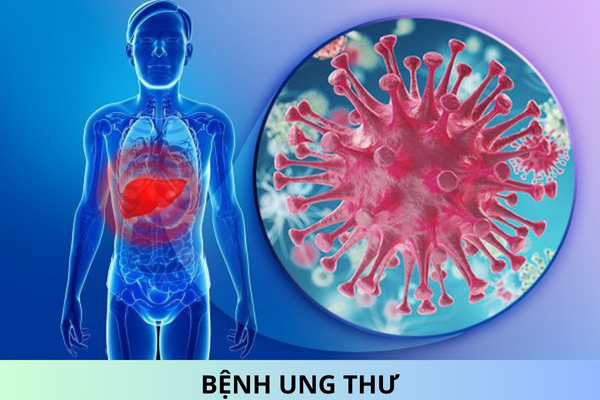Progressive Acute Respiratory Distress Syndrome (ARDS) when Children Contract COVID-19
Based on Section 3.5.1 Subsection 3.5 Item III Guidelines for Diagnosis and Treatment of COVID-19 in Children (Enclosed with Decision No. 5155/QD-BYT of 2021) stipulating **** severe complications of the disease related to acute respiratory distress syndrome (ARDS) as follows:
* Diagnostic Criteria for ARDS
- Onset: new or worsening respiratory symptoms within one week from the onset of clinical symptoms.
- X-ray, chest CT scan, or lung ultrasound: bilateral opacities not fully explained by pleural effusion, lobar collapse, or lung nodules.
- The origin of pulmonary edema not fully explained by cardiac failure or fluid overload. Objective assessment (echocardiography) is needed to exclude hydrostatic edema if risk factors are not evident.
- Hypoxemia: in children, based on the oxygenation index (OI* = MAP × FiO2 × 100/PaO2) (MAP: mean airway pressure) or the oxygenation saturation index (OSI = MAP × FiO2 × 100/SpO2) for patients on invasive mechanical ventilation, and PaO2/FiO2 or SpO2/FiO2 for those on CPAP or non-invasive ventilation (NIV):
+ NIV BiLevel or CPAP ≥ 5 cmH2O via mask: PaO2/FiO2 ≤ 300 mmHg or SpO2/FiO2 ≤ 264
+ Mild ARDS (invasive mechanical ventilation): 4 ≤ OI < 8 or 5 ≤ OSI < 7.5
+ Moderate ARDS (invasive mechanical ventilation): 8 ≤ OI < 16 or 7.5 ≤ OSI < 12.3
+ Severe ARDS (invasive mechanical ventilation): OI ≥ 16 or OSI ≥ 12.3
Note: clinically suspect ARDS when using oxygen masks or non-invasive ventilation (NCPAP/HFNC) with FiO2 **** > 40% to maintain SpO 2 **** 88-97%.
Sincerely!










